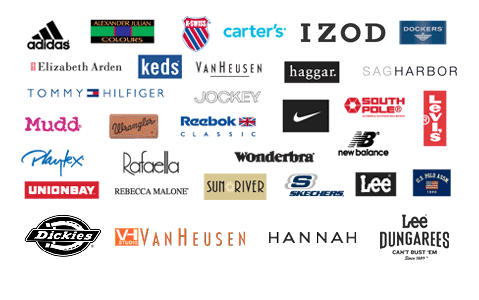This is an article submitted by Ken Wisnefski. Submit your article! Find out more.

Introduction
Do you think there is a corner in the world where you can find a computer user who does not know of Microsoft? Is there anyone in the world who looks for information on the Web and has never heard of Google? These names are indelibly ingrained in our brains. Did you ever think of why?
Both companies are world renown. They have molded a brand name that is synonymous with success. Most experts will tell you that you need experience, excellent service/product, ingenuity, and commitment to become a success. These are all ingredients in becoming successful, but more help comes from customers than most think.
You need to provide optimal services or products to become popular with the public. Most celebrated companies will be happy to sell services and products and hope their acclaim continues. Some of the best companies do not realize their satisfied customers can become their most powerful marketing tool.
The customer knows best
It is important to foster a rapport with your customers, regardless of the size of your business. Experts in customer management will tell you that ideally, you want to make the customer-to-business relationship as personal as possible. The dynamic should be comparable to that of a mom and pop shop located in a remote, small town with their second to third generation customers.
How can you inspire this relationship? Listen to your customers. Comprise a customer testimonial page on your Web site. Customer testimonials can be incorporated into newsletters and fliers, but it will be seen by most on your Web site.
Promote testimonials
For most, the customer testimonial page (if there is one) is usually discreetly showcased, accessible through an obscure link somewhere on the bottom of the home page. This is a mistake.
Positive customer feedback needs to be exhibited as strongly as other content on the site. Browsers will come across testimonials and relate to the authors. Those who testified were once like them – looking for a provider of goods/services.
Good testimonials should be completely overt and conspicuous for all to see. Everyone knows that each business will have positive things to say about themselves through their content, but the customers can give unbiased, objective information. This is what a potential customer wants to see – no inside advertising, just the facts.
Building the Brand
Once a business has accumulated and read a large number of testimonials, they can begin to see patterns in responses. What exactly about the products/services is so appealing to the customers? What products/services get the most positive feedback? What (if anything) needs to be improved? What separates the company from the competition? Finding the answer to these questions will begin to shape the image of your brand.
Most companies believe that they choose their brand. They believe the public at large will accept what they are told. There is too much competition for people to be persuaded into accepting something before they have proof of its veracity.
Testimonials can aid in building the brand of your business. A “brand” is about perception and your testimonials are just that – the perception of your customers. Word-of-mouth is the greatest marketing tool imaginable, but costs a business nothing in advertising costs. The investment comes from having an excellent product/service to provide.
The dynamic of the interaction between a business and its customers is the “brand.” If a business has customers that have positive associations towards the business, this equals the “image” of the business. The image is shared by the existing customers and is to be potentially shared by new customers.
Getting Practical
Thus far, it may seem that we have been speaking theoretically, and not about how to come up with a physical brand (logo, slogan).
Working with a graphic designer can ameliorate the process of composing a logo. The logo should originate from the feeling that comes from the customer feedback.
Collect the testimonials and survey them for likenesses. What adjectives are used to describe your business? What analogies or references are made in relation to your business? Is your business prided on speed? Is it prided on efficiency? Is it prided on customer service? Create a symbol based on a conglomeration of the feedback. This will be your logo.
The same process can be used for a slogan. A slogan usually will have something to do with the mission statement or the ideology of the business (Ex: eBay – “The World’s Online Marketplace”), but it can be a combination of this and the relationship with the customers (Wegmans – “Everyday You Get Our Best”). It is best to combine the company’s mission with what it can provide for its public. The choice is yours, but the latter seems to make more of a connection with the customer.
Ken Wisnefski is the president of VendorSeek.com, a site that specializes in connecting business consumers with qualified vendors from an Approved Vendor Network that provide competitive price quotes for their specific service category.
Categories